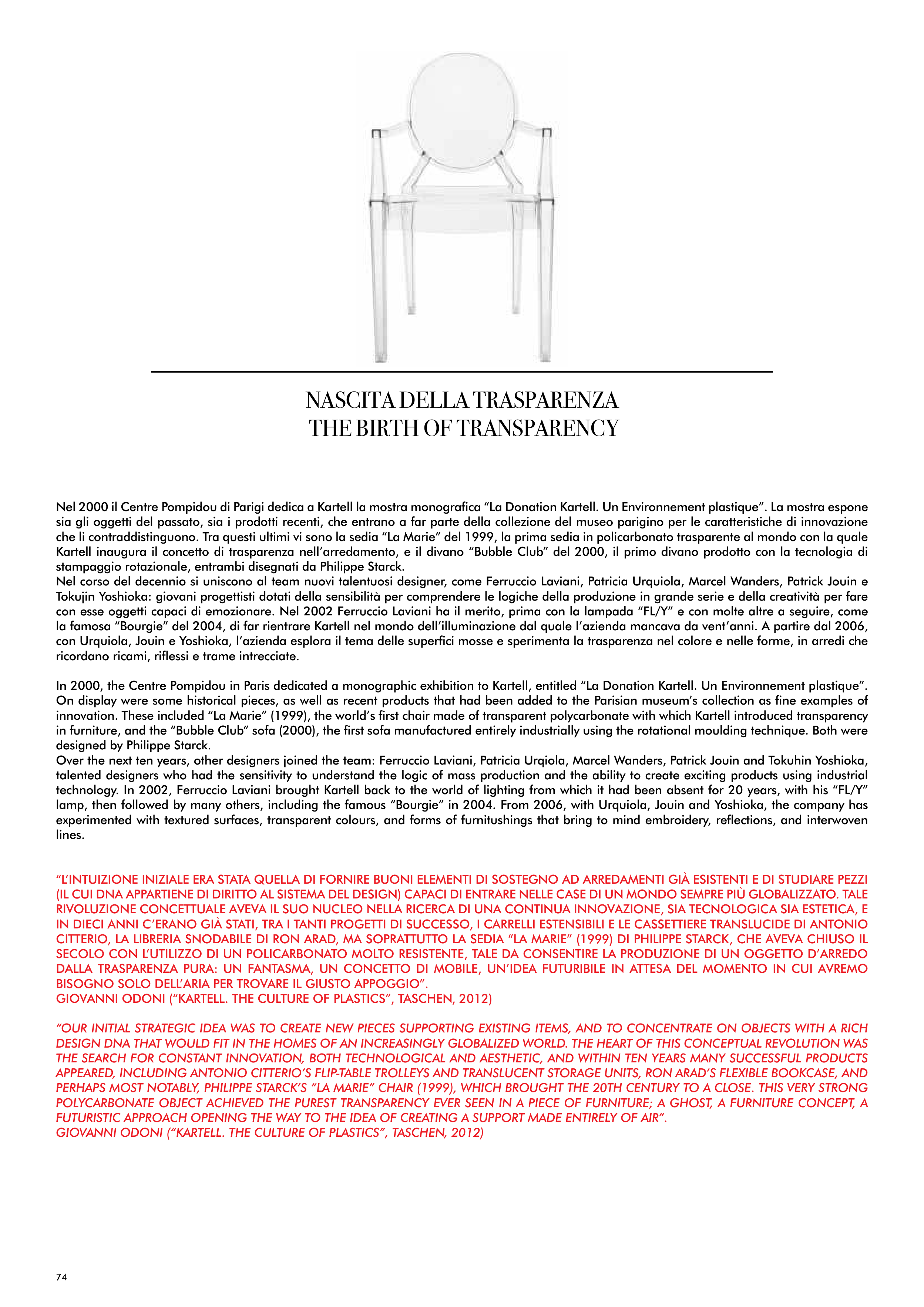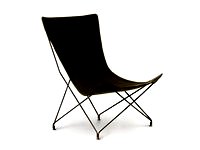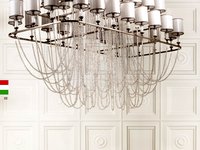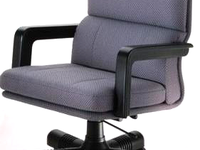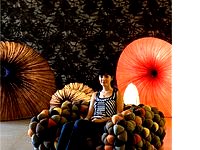74
nel 2000 il centre pompidou di parigi dedica a Kartell la mostra monografica “la donation Kartell. un environnement plastique”. la mostra espone
sia gli oggetti del passato, sia i prodotti recenti, che entrano a far parte della collezione del museo parigino per le caratteristiche di innovazione
che li contraddistinguono. tra questi ultimi vi sono la sedia “la marie” del 1999, la prima sedia in policarbonato trasparente al mondo con la quale
Kartell inaugura il concetto di trasparenza nell’arredamento, e il divano “bubble club” del 2000, il primo divano prodotto con la tecnologia di
stampaggio rotazionale, entrambi disegnati da philippe starck.
nel corso del decennio si uniscono al team nuovi talentuosi designer, come ferruccio laviani, patricia urquiola, marcel wanders, patrick Jouin e
tokujin Yoshioka: giovani progettisti dotati della sensibilità per comprendere le logiche della produzione in grande serie e della creatività per fare
con esse oggetti capaci di emozionare. nel 2002 ferruccio laviani ha il merito, prima con la lampada “fl/Y” e con molte altre a seguire, come
la famosa “bourgie” del 2004, di far rientrare Kartell nel mondo dell’illuminazione dal quale l’azienda mancava da vent’anni. a partire dal 2006,
con urquiola, Jouin e Yoshioka, l’azienda esplora il tema delle superfici mosse e sperimenta la trasparenza nel colore e nelle forme, in arredi che
ricordano ricami, riflessi e trame intrecciate.
In 2000, the centre pompidou in paris dedicated a monographic exhibition to Kartell, entitled “la donation Kartell. un environnement plastique”.
on display were some historical pieces, as well as recent products that had been added to the parisian museum’s collection as fine examples of
innovation. these included “la marie” (1999), the world’s first chair made of transparent polycarbonate with which Kartell introduced transparency
in furniture, and the “bubble club” sofa (2000), the first sofa manufactured entirely industrially using the rotational moulding technique. both were
designed by philippe starck.
over the next ten years, other designers joined the team: ferruccio laviani, patricia urqiola, marcel wanders, patrick Jouin and tokuhin Yoshioka,
talented designers who had the sensitivity to understand the logic of mass production and the ability to create exciting products using industrial
technology. In 2002, ferruccio laviani brought Kartell back to the world of lighting from which it had been absent for 20 years, with his “fl/Y”
lamp, then followed by many others, including the famous “bourgie” in 2004. from 2006, with urquiola, Jouin and Yoshioka, the company has
experimented with textured surfaces, transparent colours, and forms of furnitushings that bring to mind embroidery, reflections, and interwoven
lines.
“l’IntuIzIone InIzIale era stata quella dI fornIre buonI elementI dI sostegno ad arredamentI gIà esIstentI e dI studIare pezzI
(Il cuI dna appartIene dI dIrItto al sIstema del desIgn) capacI dI entrare nelle case dI un mondo sempre pIù globalIzzato. tale
rIvoluzIone concettuale aveva Il suo nucleo nella rIcerca dI una contInua InnovazIone, sIa tecnologIca sIa estetIca, e
In dIecI annI c’erano gIà statI, tra I tantI progettI dI successo, I carrellI estensIbIlI e le cassettIere translucIde dI antonIo
cItterIo, la lIbrerIa snodabIle dI ron arad, ma soprattutto la sedIa “la marIe” (1999) dI phIlIppe starcK, che aveva chIuso Il
secolo con l’utIlIzzo dI un polIcarbonato molto resIstente, tale da consentIre la produzIone dI un oggetto d’arredo
dalla trasparenza pura: un fantasma, un concetto dI mobIle, un’Idea futurIbIle In attesa del momento In cuI avremo
bIsogno solo dell’arIa per trovare Il gIusto appoggIo”.
gIovannI odonI (“Kartell. the culture of plastIcs”, taschen, 2012)
“our initial strategic idea was to create new pieces supporting existing items, and to concentrate on objects with a rich
design dna that would fit in the homes of an increasingly globalized world. the heart of this conceptual revolution was
the search for constant innovation, both technological and aesthetic, and within ten years many successful products
appeared, including antonio citterio’s flip-table trolleys and translucent storage units, ron arad’s flexible booKcase, and
perhaps most notably, philippe starcK’s “la marie” chair (1999), which brought the 20th century to a close. this very strong
polycarbonate object achieved the purest transparency ever seen in a piece of furniture; a ghost, a furniture concept, a
futuristic approach opening the way to the idea of creating a support made entirely of air”.
giovanni odoni (“Kartell. the culture of plastics”, taschen, 2012)
nASCITA DELLA TRASPAREnZA
ThE bIRTh OF TRAnSPAREnCY


